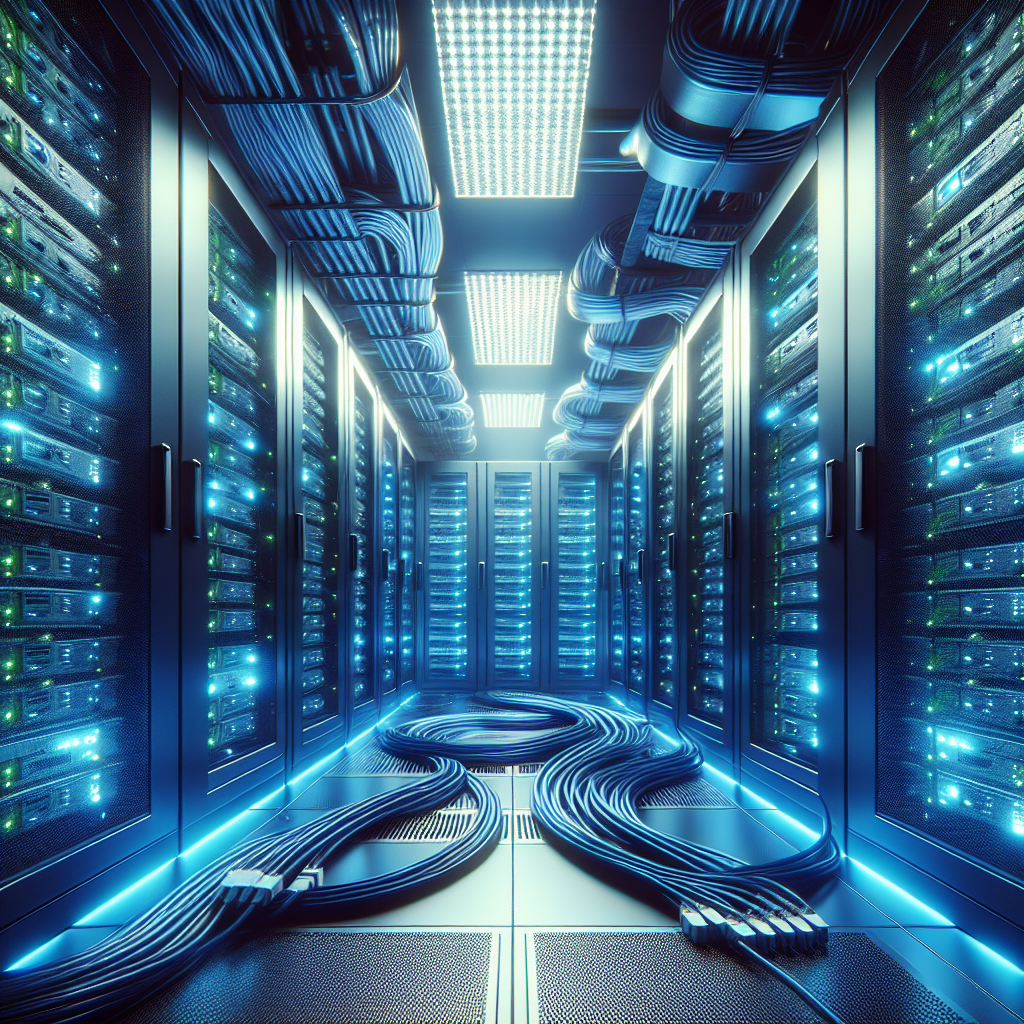In today’s digital age, data centers are a crucial component of any business operation. These facilities house a company’s servers, networking equipment, and storage systems, allowing them to store, process, and distribute data efficiently. However, running a data center comes with significant costs, particularly in terms of energy consumption for cooling.
Data center cooling is essential to maintaining the optimal operating temperature for servers and other equipment. Without proper cooling, these systems can overheat, leading to downtime, equipment failure, and potential data loss. As such, finding ways to reduce cooling costs while still ensuring optimal performance is a top priority for data center managers.
One strategy for cutting costs and improving performance in data center cooling is to optimize airflow within the facility. By properly managing the layout of servers, racks, and cooling units, data center managers can ensure that cool air is delivered efficiently to where it is needed most. This can help to reduce energy consumption and improve overall cooling effectiveness.
Another cost-saving strategy is to implement hot aisle/cold aisle containment systems. By segregating hot and cold air streams within the data center, these systems can help to reduce the amount of cooling required to maintain optimal temperatures. This can lead to significant energy savings and improved performance for the facility.
In addition to optimizing airflow and implementing containment systems, data center managers can also consider upgrading to more energy-efficient cooling equipment. Modern cooling technologies, such as evaporative cooling systems and variable speed fans, can help to reduce energy consumption while still providing effective cooling for data center equipment.
Furthermore, implementing a data center infrastructure management (DCIM) system can also help to improve cooling performance and reduce costs. DCIM software allows data center managers to monitor and manage cooling systems in real-time, identify potential inefficiencies, and make data-driven decisions to optimize cooling performance.
Overall, cutting costs and improving performance in data center cooling requires a combination of strategic planning, technology upgrades, and ongoing monitoring and optimization. By implementing these strategies, data center managers can enhance the efficiency and effectiveness of their cooling systems while also reducing operating costs.


Leave a Reply